I Have 300 Houseplants and These Are the Plants “I Just Can’t Stand”

Even if you know which houseplants require a lot more attention than others or have a good idea of which will thrive in your home’s lighting conditions, a trip to the nursery can still be confusing. But thanks to some expert advice, you might be able to avoid making a major mistake with your next purchase. In a video posted on YouTube, houseplant expert Nick Pileggi takes the time to run down all of the species he says that he “just can’t stand.” And as the owner of 300 plants of his own, he has plenty of opinions.
“I love plants…but I also hate some of them,” he says. “Hate’s a strong word—there’s just a lot of plants that don’t really do it for me. And twist my arm to absolutely drag 25 plants through the mud to anyone who wants to listen.” Even though Pileggi admits he “might be a little meaner than what’s typically called for at a roast,” his takes are full of good advice—including what you might want to consider instead. Read on for the houseplants you might want to steer clear of on your next trip to the store.
RELATED: 7 Plants You Can Buy That Are Actually Dangerous Invasive Species.
1
Pothos Epipremnum “Shangri Ooh La La”
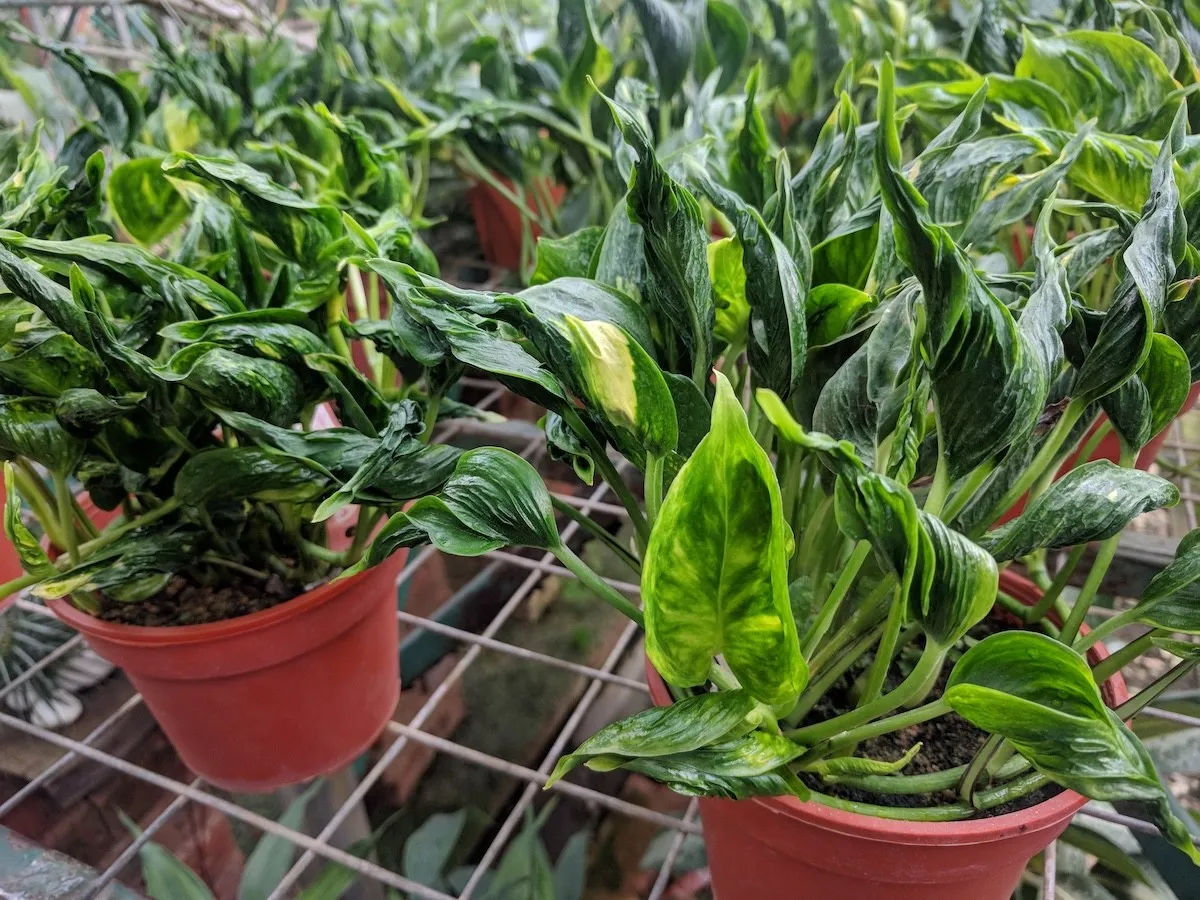
Before you pick this Pothos variety up from the store, you might want to hold off: Pileggi says it looks “sick, malnourished, and diseased” even when it’s perfectly healthy.
“I can’t find the appeal remotely with this houseplant,” he says. “I think just the fact that it’s just another variety of pothos for people to collect is the only thing this plant has going for it. I feel like they just slapped a fun name on a subpar plant, and that’s about it.”
2
Calathea “White Fusion”
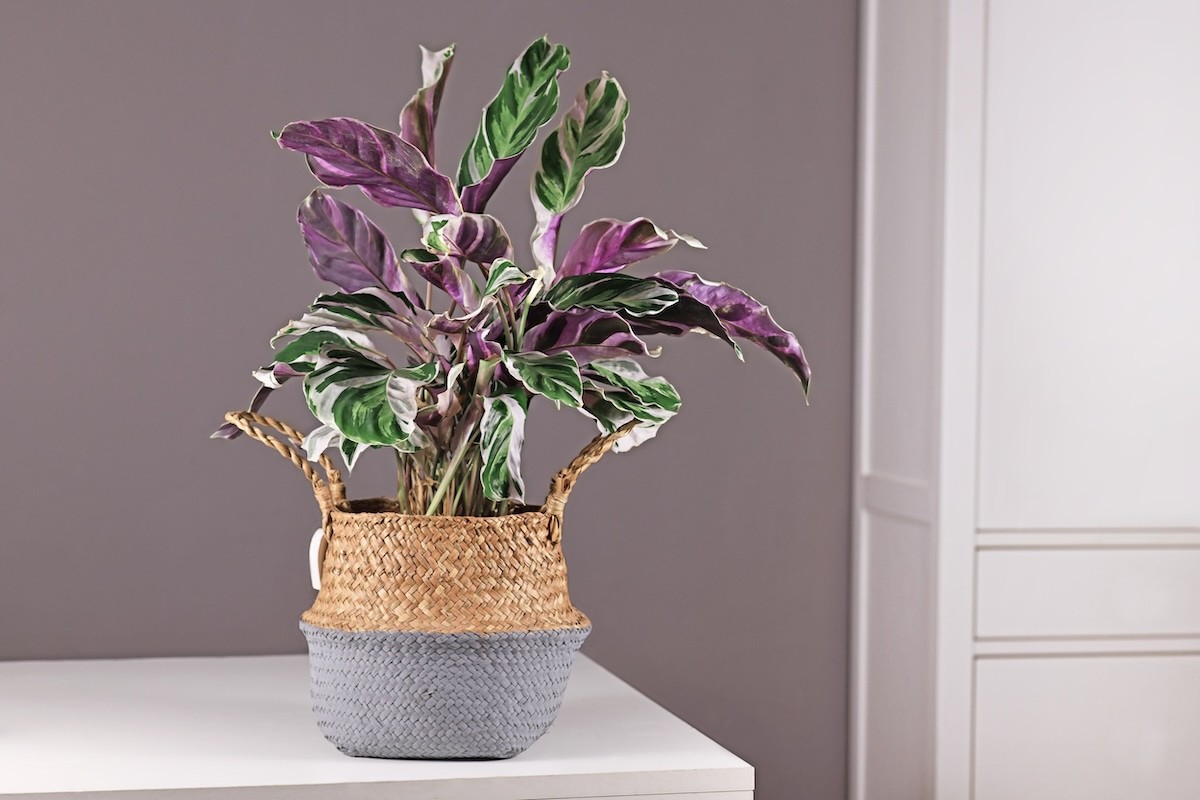
Pileggi says this variety is “probably one of the worst plants in existence” and was one of the first plants he blacklisted when he worked as a buyer for a plant store. It also appears to have other problems.
“I’ve never met one without spider mites, personally,” he says. “Plus, as soon as they start to deteriorate, they just look awful.”
3
Calathea “Yellow Fusion”
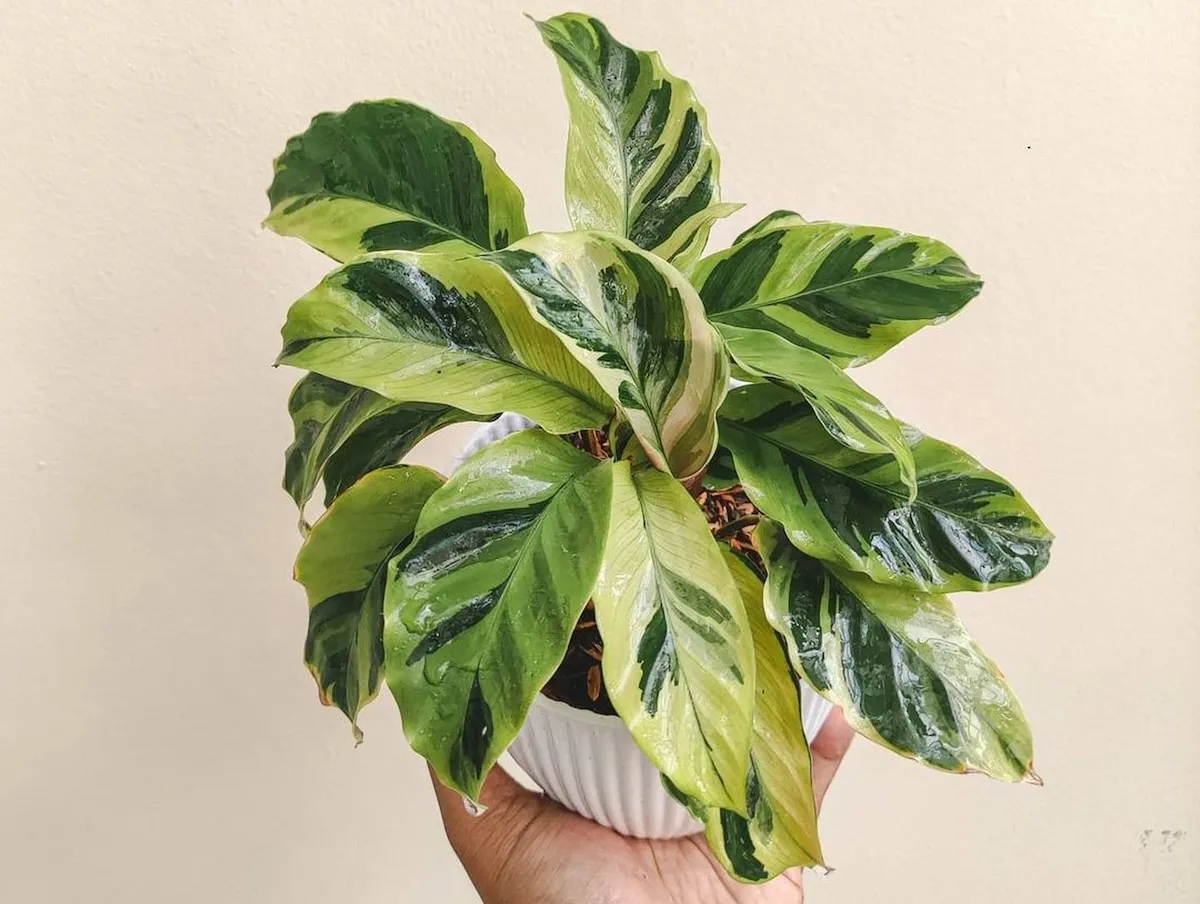
But while Pileggi had strong words for the “White Fusion,” it’s the “Yellow Fusion” variety of Calathea that draws even more of his ire.
“We actually managed to make one of the worst plants in existence even worse by making it just look sickly to begin with,” he tells viewers. “I really don’t know what they were thinking when they came up with this one. It’s bad.”
4
Philodendron “Birkin”

Pileggi says this variety of Philodendron is a “true plant marketing scheme,” among other choice comments.
“Let’s create a philodendron with variegation that looks like a virus and name it after a luxury item to see if we can get people to buy it for a high price!” he says sarcastically. “Oh, and the terrible variegation? It reverts.”
Despite plant stores’ efforts, Pileggi explains that this attempt ultimately failed and that the price has now fallen to “peanuts” to what it started as. “And I will always just hate this plant for that,” he adds.
RELATED: 13 Houseplant Care Tips That Gardeners Swear By.
5
Dieffenbachia

While he doesn’t elaborate too much, Pileggi calls this variety a “bad plant with a bad history” among all the options on the shelf.
“Pest prone, not exciting…Need I go on? Get a Chinese evergreen instead,” he suggests.
6
Philodendron “Florida Ghost”

Apparently, the only thing spookier than this variety’s name is its appearance.
“Once again, a plant that looks like it either has a disease or a virus,” Pileggi says. “I’d rather spend a fraction of the price on one of the many plain green philodendrons that have the same exact leaf shape.”
7
Ficus benjamina

Houseplant hunters without a green thumb, beware: This variety might be too finicky to consider for your home.
“You can just look at one of these plants and that’s enough of a reason for it to drop its leaves,” Pileggi warns. “While no one can deny it’s a classic houseplant, it’s just not maintainable enough to be worth your dime or your time.”
8
Fiddle Leaf Fig

While Pileggi admits that he doesn’t necessarily hate this popular houseplant, he explains that he hates what social media has done to its reputation.
“Everyone wants one and loves the way that they look and they bring one home and put it somewhere convenient for them visually but not necessarily convenient for the plant to grow, and then they hate it when the plant inevitably dies, and they’ve wasted their money on an expensive tree,” he lays out.
9
Braided Snake Plants

Hoping to pick up this unique, twisted option for your home? Pileggi suggests otherwise.
“This is not how plants are supposed to look!” he says. “We want a natural ‘of the earth’ look with our houseplants. Are you actually going to keep braiding it?”
He also cautions that the plant will likely look “ridiculous” once it starts growing.
“Although I feel like the people who actually buy these plants are people who know nothing about houseplants, and they’re probably just looking for some kind of niche greenery for their desk or their cubicle in their office or something, so I guess in those conditions, they’re probably going to look the same for a pretty long time,” he admits. “Anyway, if you truly enjoy the look of these houseplants, that is good on you. Somebody’s gotta like them, I guess!”
RELATED: 17 Easy Indoor Plants for Busy People.
10
Bunny Ear or Prickly Pear Cacti
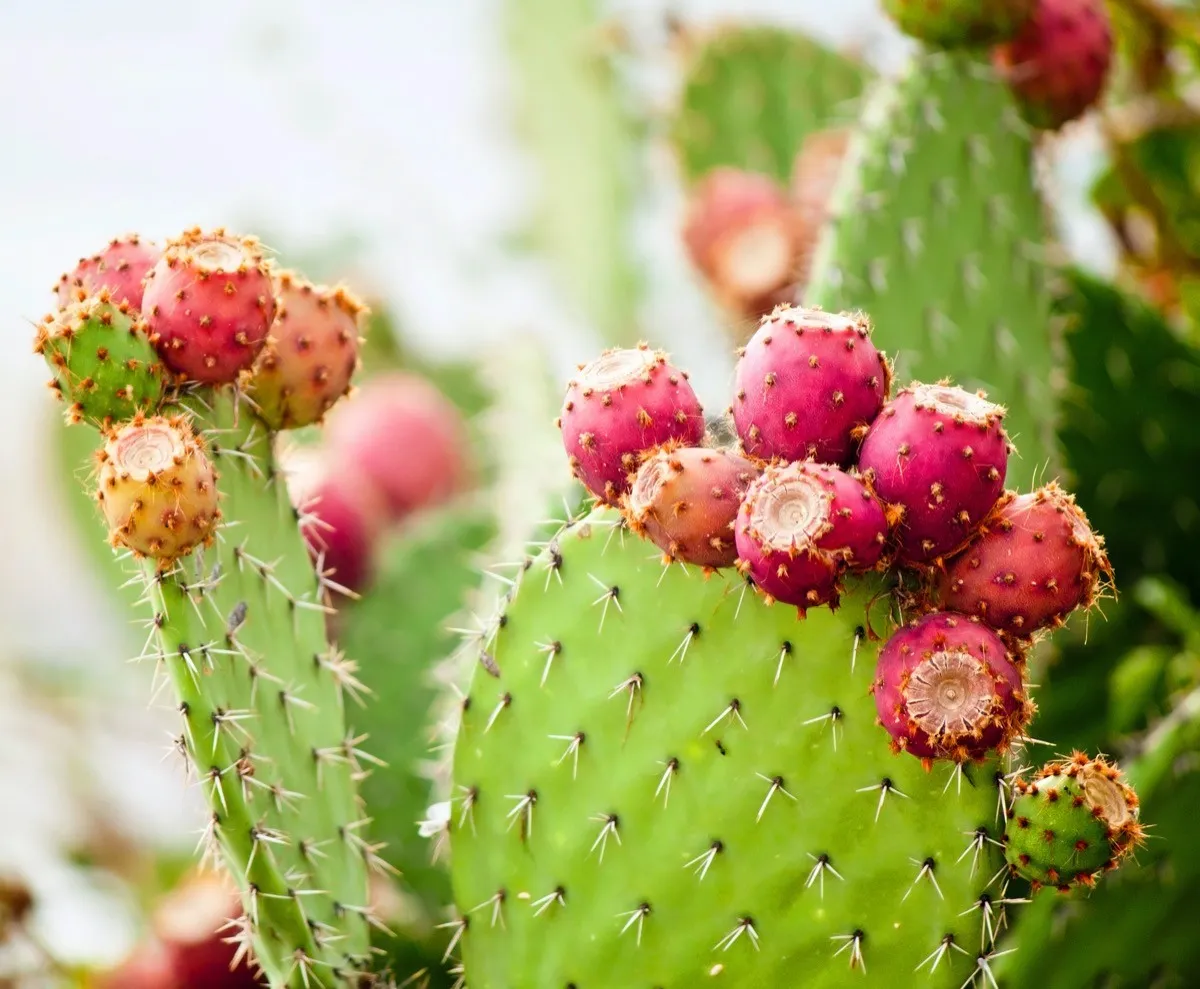
People like cacti because they are easy to maintain. But according to Pileggi, not all spiky plants are equal.
“I don’t like plants—or people, for that matter—that hurt me, and this plant has hurt me many times,” he says. “This group of cactus—scientifically known as Opuntia—have little, tiny, hair-like spines known as glochids that form in clusters on the plant.”
He warns that if they get on your skin, they are likely going to get stuck. Unfortunately, they’re also extremely difficult to remove and very irritating.
“I literally will not get near them anymore! Without a doubt, one of my least favorite groups of plants out there,” he says.
11
Monstera obliqua (Swiss cheese plant)

Some plant shoppers don’t have a problem shelling out big bucks for a unique variety. However, Pileggi says it’s not worth wasting your money on a “Swiss cheese” monstera.
“So how are y’all doing that bought one of these for over $1,000 a couple of years ago now that they are literally everywhere for $100 or less?” he asks sardonically. “Adansonia [monstera] should have been good enough for you! Take it as a learning lesson.”
12
English Ivy
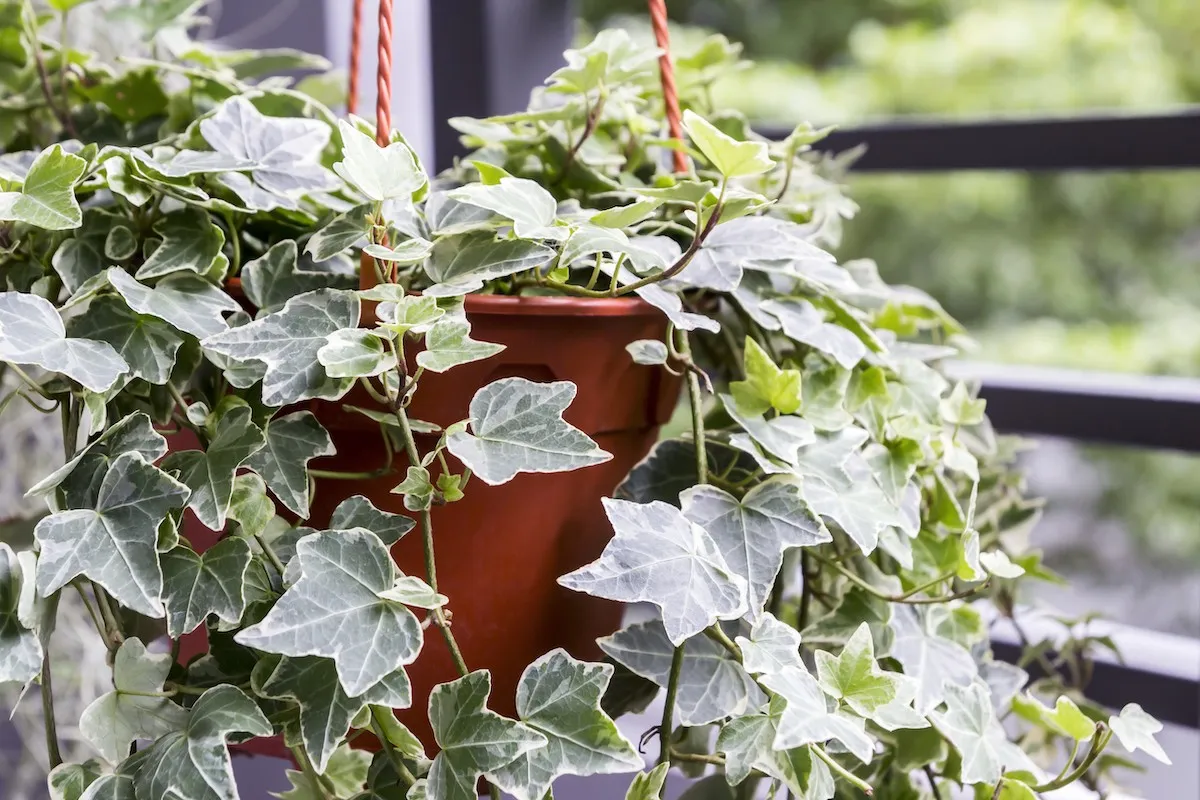
Pileggi says that while this creeping plant is “iconic,” it’s another pest-prone houseplant he won’t be growing in his home any time soon.
“It’s also incredibly invasive in the United States, so at this point, this plant does not deserve my support,” he adds.
13
Fatsia

Unique looks might make some plant varieties appealing. But according to Pileggi, Fatsia still falls short in that category—among others.
“It looks like a weed. And I like plants that look like weeds, but this one…I don’t know, it doesn’t even look like a houseplant,” he gripes.
“It’s also spider mite magnet and I think it’s ironic that its most prevalent cultivar is called ‘spiderweb’ and the leaves look like they’ve already received spider mite damage? It’s just not for me,” he says.
14
Inch Plant

Just because a plant is visually appealing doesn’t make it a good fit. Pileggi explains that inch plants, formally known as Tradescantia zebrina, fall into this category.
“Love the way it looks! Hate the way it grows,” he says. “It’s difficult to maintain over long periods of time and, in my experience, usually finds its way to the garbage within its first year.”
15
Alocasia

Pileggi says “anything and everything” is wrong with this houseplant.
“So many reasons: Spider mites, other pests, constantly loses leaves as its growing new ones, high humidity lover, difficult to get the watering right, can go dormant in the winter time…Should I keep going?” he says.
He adds that “there’s no denying” the plants look cool, and even admits to having a few in his home. “But I would never consider bringing one home as a large floor plant,” he clarifies.
RELATED: The 4 Worst Houseplants If You Have Allergies.
16
Majesty Palm

“Not a houseplant so it shouldn’t even be on this list…But that’s why it’s on this list because it’s often sold as a houseplant!” Pileggi explains of the majesty palm.
In reality, these are meant for “patios, pool areas, porches, and balconies” in the spring and summertime and meant to be replaced every year. “[That’s] why they are so ridiculously cheap in comparison to other plants sold [in] the same size and stature at the plant stores,” he explains. “If you want a real large palm for your home, there are so many better options.”
17
Variegated ZZ Plant

Not pulling punches once again, Pileggi dips back into some familiar descriptions for this potted variety.
“Once again, the trend of houseplants that look like they have a virus continues,” he says. “The regular ZZ plant: Amazing! The Black Raven ZZ plant: Arguably even better! But I think maybe—just maybe—we should’ve quit while we were ahead.”
18
Lemon Button Fern

Busy plant owners, beware: This variety is a no-go based on care needs alone.
“Dead in a day if you forget to water it, and just overall not exciting,” Pileggi says. “There are so many better-looking, easier-to-grow ferns out there to try instead.”
19
Croton
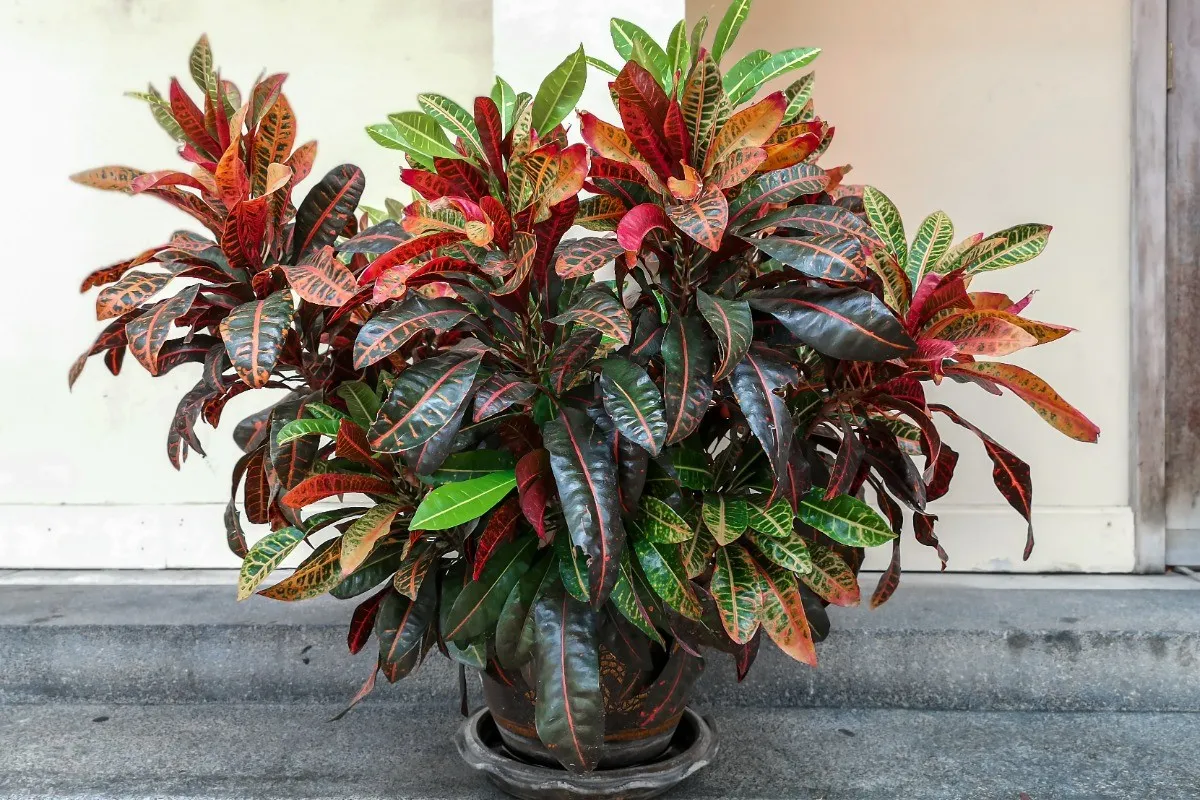
Pileggi admits that this plant’s unique coloring is “gorgeous.” However, he says that’s basically all it has going for it.
“The lighting requirements are difficult to achieve indoors—not to mention those indoor conditions make it very prone to pests,” he explains. “I would probably just skip it and then recommend a red Chinese evergreen variety to you if you want to grow something with a similar effect without the headache or the possible infestation.”
RELATED: Gardening Influencer Reveals the #1 Plant to Give Your Yard a “Mass of Blooms” Before Fall.
20
Syngonium podophyllum

Just because a plant is hard to find doesn’t mean you should make space for it in your home. In fact, Pileggi says this variety is particularly not worth all the fuss.
“I am not really a rare plant chaser, but this species of Syngonium just gives run-of-the-mill grocery store plant section to me,” he admits. “Like, the most common plant that you’re going to find in the sad little floral section at your typical grocery chain.”
But that’s not to say all species of this plant aren’t worthwhile. Pileggi says that he grows “some other really cool species of Syngonium” in his home.
21
Poinsettia

While some might see them as a colorful, festive symbol of the holiday season, poinsettias still remain a divisive plant, partially because they’re toxic to pets.
“My absolute least favorite time of the year is when the garden centers and plant stores are 50 percent poinsettia. I literally didn’t even know people actually bought them anymore…Actually, I don’t really think that people do because there’s always so many leftover whenever January rolls around!” he says.
“Let’s just come to a consensus to put a stop to the poinsettias: We don’t need the poinsettias, and we don’t want the poinsettias, so stop trying to sell us the poinsettias! And if you buy them: Stop,” he adds jokingly.
22
Calathea ornata

Investing in a plant should mean you’re getting something that will stick around for a while. And if that’s your aim, you might want to avoid Calathea ornata.
“The epitome of the type of plant that I always refer to as ‘future garbage,'” Pileggi says. “It’s beautiful, but it’s the type of plant that’s meant to be enjoyed for the immediate effect, similar to a bouquet of flowers.”
He suggests that if you love the look but want something a little longer-lasting and easier to grow, consider the chocolate variety of Chinese evergreen instead.
23
Waffle Plant

Despite its curious name, Pileggi warns this plant is a lose-lose.
“It kind of looks dead to begin with, so I just don’t really like it, but it doesn’t really matter because, in my experience, they’re going to die pretty quickly after you bring them home anyway,” he cautions. “Not worth your time or your money.”
24
Silver Streak Pothos

By now, it should be clear that Pileggi doesn’t appreciate plants that appear worse for the wear, even when they’re at their best. In this case, he says the Silver Streak Pothos (Epipremnum amplissimum) “looks sickly or diseased or like it’s been grown in inadequate conditions” even on the shelf.
“I can’t even tell if this would look better over time as a climbing plant or a trailing plant, but the leaves are just not giving,” he says. “Since it is technically a variety of pothos, once again, I feel like that’s enough to entice some enthusiasts to buy it, but every time I see them in the store, I’m just kind of confused by their appeal.